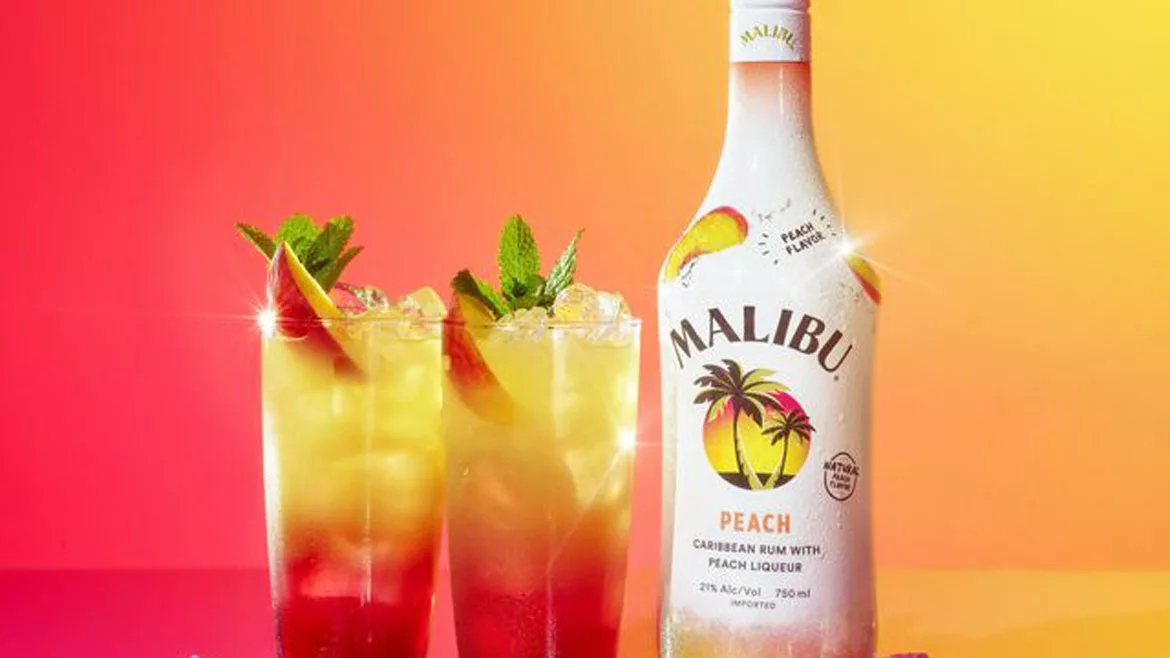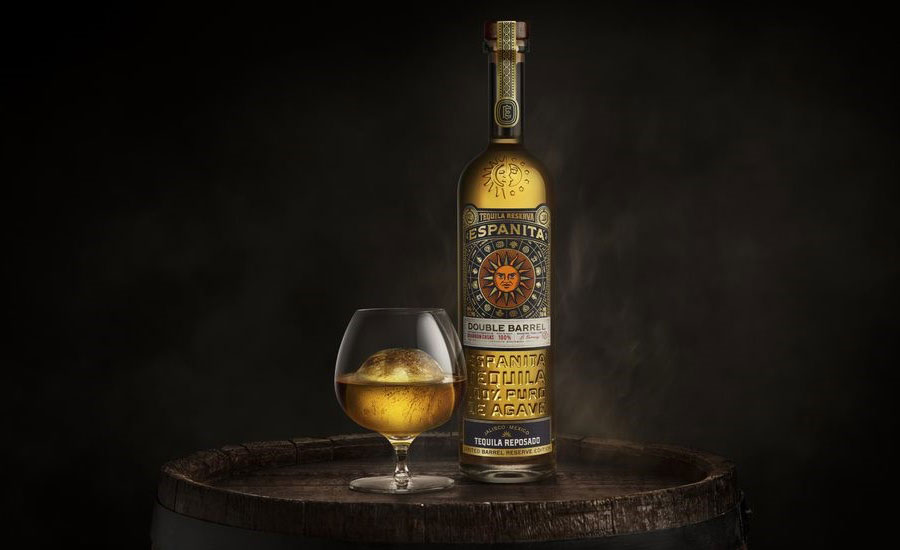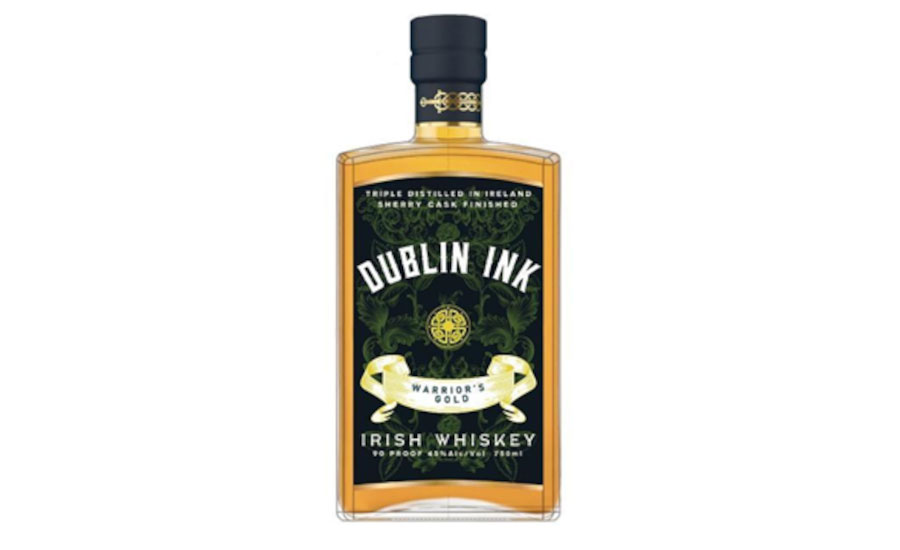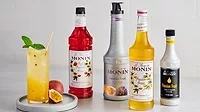Category Focus
Fluctuating trends influence spirits category
Consumers prefer premiumization, ready-to-drink cocktails

Image courtesy of Malibu
In an episode of NBC’s “Parks and Recreation,” wannabe-entrepreneur Tom Haverford invites the parks department to his nightclub, the Snakehole Lounge, for a release party for his new alcoholic beverage, Snake Juice. Throughout the night, most of the parks employees consume too much Snake Juice resulting in some embarrassing but memorable moments.
Thankfully, Snake Juice isn’t a real spirit, and consumers won’t ever have to face the consequences of such a beverage. Instead consumers are showing an interest in quality spirits.
In the past year, the spirits market in the United States has increased, according to Brigette Thomas, a senior industry research analyst at New York-based IBISWorld.
“Despite volatile economic conditions, the U.S. spirits market continued to grow in 2022,” she says. “Growth in the market has been driven by continued trends in premiumization, product innovation and increased demand from bars and restaurants following the lows of the pandemic.”
At its annual economic briefing, the Distilled Spirits Council of the United States (DISCUS) President and CEO Chris Swonger noted that sales for supplier spirits were up 5.1% in 2022 to a record total of $37.6 billion. Volumes rose 4.8% to 305 million 9-liter cases.
Swonger expressed sentiments similar to those from Thomas.
“Despite the tough economy, consumers continued to enjoy premium spirits and fine cocktails in 2022,” he said in a statement. “Cocktail culture continues to thrive in the United States supporting jobs in the distilling, hospitality and agricultural sectors.”
According to DISCUS, the Top 5 spirits categories by revenue were as follows:
- Vodka sales flat totaling $7.2 billion
- Tequila/mezcal sales up 17.2%, totaling $6 billion
- American whiskey sales up 10.5%, totaling $5.1 billion
- Brandy and cognac sales down 12.3%, totaling $3.1 billion
- Cordials sales up 2.6%, totaling $2.9 billion
The Top 5 fastest-growing spirits categories by revenue were as follows:
- Premixed cocktails, including spirits RTDs, up 35.8% to $2.2 billion
- Tequila/mezcal up 17.2% to $6 billion
- American whiskey up 10.5% to $5.1 billion
- Irish whiskey up 6.9% to $1.4 billion
- Blended whiskey up 6.8% to $940 million
Vice President of Beverage Alcohol Thought Leadership at NielsenIQ Jon Berg says that ready-to-drink (RTD) beverages are leading growth for the spirits category.
“The off premise was up 1.3% in dollars versus 2021, and up 3% in EQ [equivalized] volume,” he notes. “But when you take RTD cocktails out of the mix, down 0.9% in dollars and down 3.4% in volume. It’s easy to see that the volumetrics around RTD and the incremental dollars are driving the category.”
Managing partner at Beverage Marketing Corporation (BMC) Brian Sudano also says that growth in the spirits category, while slowed from last year, was led by RTDs.
Scott Scanlon, executive vice president of BevAl at Circana, Chicago (formerly Information Resources, Inc.), states that the total spirits category saw a dollar increase of 3.6% compared with last year for the 52 weeks ending Feb. 26.
“Premixed cocktails and spirits seltzers led absolute dollar sales gains, as well as share gains,” he says. “Tequila was the only other positive share gainer among spirits categories. Whiskey, cordials and NA [non-alcohol] mixers also delivered dollar growth versus [a year ago] (YA). Gin, rum and vodka are down versus YA, but realized improved share performance.”

Image courtesy of Espanita Tequila
Sways in the spirits market
Although inflation has impacted many areas of consumer interest, one category that often remains untouched is alcohol.
“Alcohol has become viewed as almost a non-discretionary product in many U.S. households, consumers will purchase alcohol regardless of economic conditions, although the quality and preferences may shift,” IBISWorld’s Thomas says. “For example, during economic downturns, consumers drink more at home and when conditions are good, they go out to drink more. Overall, although alcohol prices have increased over the past year, the alcohol market experienced growth in both volume and revenue.”
BMC’s Sudano agrees when it comes to inflation and spirits.
“Due to the high margins in traditional spirit brands, the impact of inflation is much less than in other beverage alcohol categories, which have much lower margins,” he says. “The only segment within spirits that have similar margins to other categories are RTDs. However, due to premium price point and the overall downward trend from state taxes, the impact is lower than for other RTDs, resulting in lower price increase pressure.”
NielsenIQ’s Berg states that the inflation rate for spirits at home is up 2%, while out of home is 7%. Overall, the inflation rate is about 6%.
“Spirits at home inflation is subject to retailers’ need to create foot traffic and drive shoppers to stores with promotions,” he says.
Circana’s Scanlon expresses similar sentiments, noting that total spirits pricing has been down for the past year, “suggesting minimal impact from inflation and largely influenced by RTDs.”
As IBISWorld’s Thomas mentions, premiumization is a huge trend right now in the spirits category. She states that the trend has caused consistent growth in the category, as consumers are demanding high-quality or unique products more often.
“To adapt to these changing consumer preferences, brands have had to place additional emphasis on advancing production techniques to produce high-quality products,” Thomas says. “Additionally, it has motivated new brands to enter the market, since there are large opportunities for niche-premium products.”
BMC’s Sudano adds that the spirits market benefits from trading up, consequently causing accelerated dollar growth.
“The fastest-growing categories are premium to the total spirit market, tequila and Irish whiskey, which contributes significantly to overall premiumization within spirits,” he says.
Grace Wood, also a senior industry research analyst at IBISWorld, points out that other consumer trends, such as the importance of health and wellness, are impacting the category.
“Health consciousness is driving innovation in spirits, especially mixed spirits like prepared cocktails and hard seltzers,” she says. “Mixed spirits producers are marketing new, low-calorie flavors to appeal to health trends. Craft spirits are also rapidly emerging as consumers, especially younger drinkers, are eager to try new brands and support local distillers.
Circana’s Scanlon suggests that the sober-curious movement will gain popularity among the spirits category, as well as sustainability measures.
“Trends of mindful moderation will lead to more innovation in no/low spirits,” he says. “At the other end of the spectrum, consumers are looking for bold flavors and full-strength RTDs — moving away from current seltzer offerings. Sustainability, eco-friendly, single sourced spirits, while not a lot of volume, will continue to grow as consumers have heighted awareness.”

Image courtesy of Terlato Wine Group
Overcoming obstacles and challenges
In years past, different spirit segments have seen varying success. IBISWorld’s Wood notes that RTD cocktails and tequila currently are taking the spotlight.
“RTD cocktails and tequila are rapidly gaining popularity, having outpaced all other spirits categories over the past year,” she notes. “Premiumization trends are booting these segments, compounded by a shift in consumer preferences toward spirits-based RTD cocktails instead of malt-based cocktails.”
NielsenIQ’s Berg and BMC’s Sudano also suggest that RTDs and tequila have seen the biggest improvement compared with previous years, as well as American whiskey and cordials.
As far as challenges go, Wood states that rum has seen its fair share.
“Rum has experienced the least growth out of all other spirits categories in recent years,” she says. “With the explosive growth in canned cocktails, rum has fallen behind other spirits more commonly used as a base for mixed spirit beverages, like tequila and vodka.”
Sudano shares similar thoughts, noting that both rum and gin were “the most challenged” in recent years.
Many spirits categories have endured wavering trends, according to Circana’s Scanlon.
“Seven categories follow this up and down trend, including vodka, gin, American whiskey, Irish whiskey, brandy/cognac, cordials and non-alcoholic mixers,” he says. “Despite these ups and downs, all of these categories have higher volume sales in 2022 than they did in 2017.”
The rise of eCommerce has prompted changed among the spirits category, too.
“eCommerce liquor sales, which surged during the COVID-19 pandemic, have presented another opportunity for retailers to boost their sales,” IBISWorld’s Wood says. “Many liquor stores have incorporated eCommerce into their sales strategies, especially as more states are easing regulations surrounding the direct-to-consumer shipment of liquor.”
BMC’s Sudano notes that websites like Drizzly and Mini Bar have benefited the category, although in a small way, compared with direct-to-consumer (DTC) sales of wine. This is, in part, due to shipping regulations that allow for wineries to ship DTC in certain states, but not spirits.
Looking for a reprint of this article?
From high-res PDFs to custom plaques, order your copy today!





